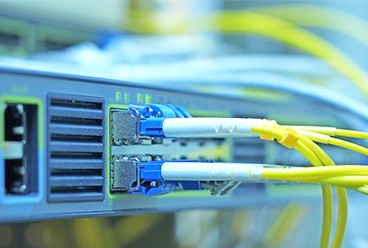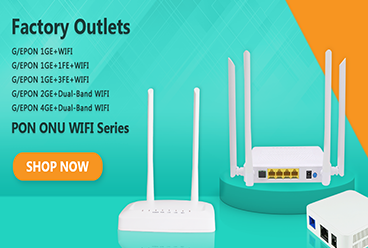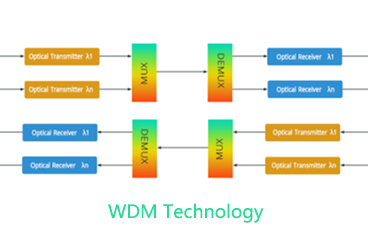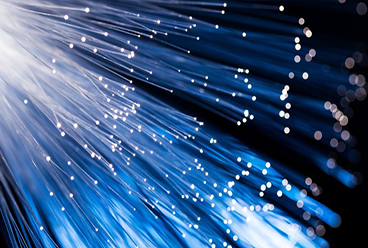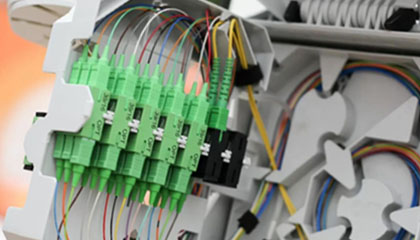In fiber-optic communication networks, media converters are a very common device. They convert optical and electrical signals, enabling seamless connections between optical fiber and twisted-pair (copper) cables. Media converters are often used to extend transmission distances, improve network stability, and enable fiber access. Depending on the interface type, media converters can be divided into three categories: SC, ST, and SFP.
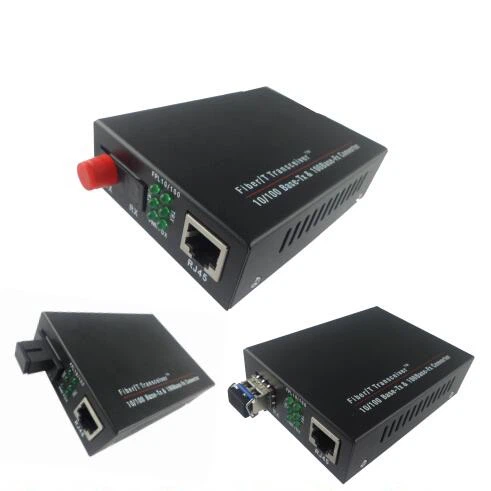
1. SC interface media converter
SC (Subscriber Connector) is a common type of optical fiber connector that features easy insertion and removal, low loss, and high alignment accuracy.
Features
● Interface structure: rectangular bayonet design, easy to plug and unplug, precise positioning.
● Transmission mode: supports single-mode/multi-mode optical fiber.
● Wavelength support: Common wavelengths are 1310nm and 1550nm.
● Distance range: typically up to 20km, 40km, or even 120km (depending on module type).
● Installation method: The interface is fixed and cannot be replaced.
Application scenarios
● Building fiber optic network access
● Video surveillance system fiber optic extension
● Industrial Automation Network
● Simple point-to-point fiber optic transmission
Advantage
● Low cost, economical and practical
● Simple installation and easy maintenance
Shortcoming
● Fixed interface type, low flexibility
● Does not support hot swapping
2. ST interface media converter
The ST (Straight Tip) interface is a circular metal bayonet-type fiber optic connector that was very common in early fiber optic networks.
Features
● Interface structure: Metal circular plug with rotating locking mechanism.
● Transmission mode: mostly used for multimode optical fiber, can also be used for single mode.
● Wavelength support: Common wavelengths are 850nm and 1310nm.
● Distance range: Suitable for medium and short distance transmission.
● Installation method: The interface is fixed and cannot be replaced.
Application scenarios
● Campus network, local area network (LAN)
● Industrial control networks
● Renovation of old systems
Advantage
● Stable interface and good shock resistance
● Long plug life
Shortcoming
● Market usage is gradually decreasing
● The interface structure is not as popular as SC
3.SFP interface media converter
SFP (Small Form-factor Pluggable) is a small form-factor pluggable optical module interface, also known as Mini-GBIC. Unlike traditional SC/ST, the optical modules of SFP media converters are pluggable, allowing users to change the optical module type according to their needs.
Features
● Interface structure: Modular design, pluggable SFP optical module.
● Transmission mode: supports single mode, multi-mode, Gigabit and 10 Gigabit speeds.
● Wavelength support: 850nm, 1310nm, 1550nm and CWDM/DWDM wavelengths.
● Distance range: from 550 meters to 120 kilometers.
● Installation method: supports hot plug and play, flexible configuration.
Application scenarios
● Data center fiber access
● Enterprise park backbone network
● Telecom operator access network
● High-speed transmission network upgrade
Advantage
● Flexible interface, optical modules can be replaced according to needs
● Support multiple rates and transmission distances
● Easy maintenance and upgrade
Shortcoming
● Relatively high cost
● Need to be used with an optical module
Comparative summary of three types
characteristic | SC interface media converter | ST interface media converter | SFP interface media converter |
Interface Type | Fixed SC | Fixed ST | Pluggable SFP optical module |
flexibility | Lower | Lower | high |
Wavelength support | 1310/1550nm | 850/1310nm | Multi-wavelength (including CWDM/DWDM) |
Transmission distance | Medium to long distance (20-120 km) | Short distance (2~5km) | 550m~120km |
cost | Low | Low | high |
Applicable Scenarios | Ordinary optical fiber access and monitoring system | LAN, industrial control | Data centers, backbone networks, and operator networks |
How to choose the right media converter?
If used for general monitoring or building access, SC interface media converter is preferred, as it is economical and practical.
If you are retrofitting an older network or industrial control system → ST interface media converters provide compatibility with older devices.
If used in data centers or high-speed backbone transmission, SFP interface media converters are the first choice, as they offer flexible upgrades and strong scalability.
Whether SC, ST, or SFP media converters, their fundamental function is to convert optical and electrical signals. Their differences lie in interface form, flexibility, transmission capacity, and application scenarios. With the advancement of optical communication technology, SFP is becoming mainstream, but SC and ST still play an important role in many projects.
If you are planning to deploy or upgrade a fiber optic network, choosing the right media converter will directly affect the performance and stability of the network. To learn more about fiber optic media converters, please feel free to contact us. Email: [email protected], WhatsApp: https://wa.me/+8618688759008/ .
Tags : media converter, SFP media converter, Data center, Telecom
— END —




